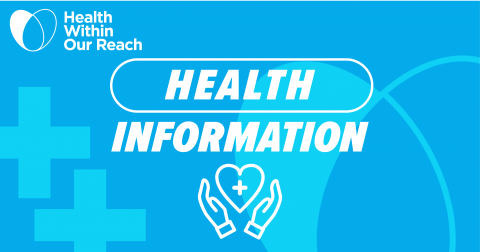Abril 28, 2023
Three actions for the Worker’s Memorial Day

Despite the differences in the activities workers and employees perform in their respective workplaces, there is one common idea that at the end of the day, they will return home. This basic idea assumes that workers and employees are able to perform their job safely, and that they should not lose their lives in the place where they go to earn a living.
Washing dishes, fixing a roof, packing meats, spraying a crop, teaching a class, or facilitating a meeting do not seem like activities that present a danger to one’s health or livelihood. However, in every workplace there are risks and/or hazards that can harm workers and employees.
To bring light to these situations, the U.S. labor movement named April 28 as International Workers’ Memorial Day in 1989. Later, Memorial Week was added prior to April 28, as a campaign to draw more attention to workplace health and safety hazards faced by workers.
Four reflections of this commemoration are:
All workplaces can present hazardous or dangerous conditions for workers and employees
Workplace injuries and illnesses can be prevented by improving workplace and/or working conditions.
Employers and workers alike should be responsible for creating a safe working environment. However, U.S. law strongly states that employers are required to provide a safe and healthy workplace for their workers.
Your voice has power - you know how to stay safe and recognize harmful situations. You have the right to organize collectively with other workers, identify and report hazards, and demand improvements to your workplace. Your participation is indispensable.
In the aftermath of the COVID pandemic, the collective impact of unsafe workplace conditions was clear - not only are workers impacted, but their families and communities as well. However, these unsafe conditions do not have to continue - the health and safety labor rights movement thrives on the voices of all workers, their families and communities.
Three actions to move toward justice:
Share common concerns with your co-workers.
Mapping risks in the workplace: Share about common scenarios and situations that can impact co-workers in the workplace. Take a look at Sur Legal's video to learn more.
Remember that you have the right to collectively organize! You can participate in committees that promote improved health and safety work conditions. For example:
Local COSH groups: The National Council for Occupational Safety and Health (COSH) groups are local organizations that help working people defend their rights for a safe and healthy workplace. You can find your nearest local COSH group here.
Learn about the resources available to protect yourself against discrimination and retaliation for demanding improved working conditions for your health and safety. As of this year, there are two resources available to you:
Deferred Action: This process allows temporary immigration protections and permission to work for individuals who experience labor rights violations such as unpaid wages, unsafe working conditions (including the lack of protocols to prevent the spread of COVID-19) or retaliation for demanding improved workplace conditions.
OSHA-certified T and U visas: As of March 30, 2023, the Occupational Safety and Health Administration (OSHA) is able to complete U and T visa certifications for victims of certain workplace-related crimes, including trafficking. Victimized individuals may use these certifications in their applications for U or T visas.
Other resources:
Centro de los Derechos del Migrante provides information about labor rights as well as health and safety protections for the workplace. For free and confidential advice, call Centro de los Derechos del Migrante at one of the following numbers:
From Mexico at: 55 9661 6771
From the United States at: 667 217 5738
Visit SOL: http://covid-chat.org/
There is much work to be done! Join the collective fight!
No more migrant workers injured or killed.
